Showing 55–63 of 239 results
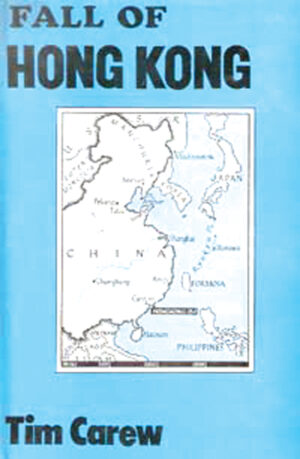
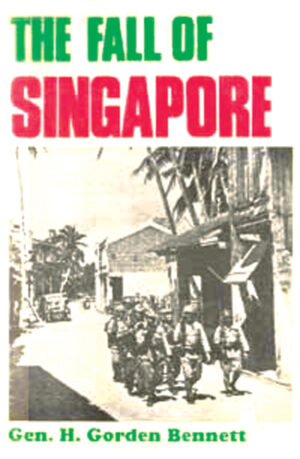
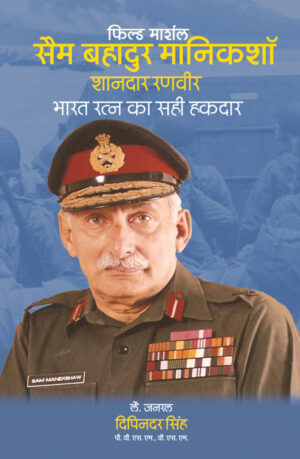
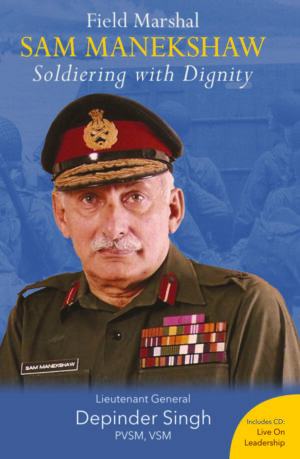


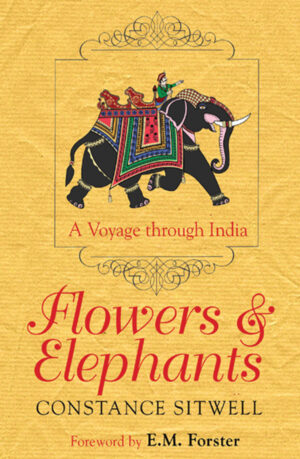
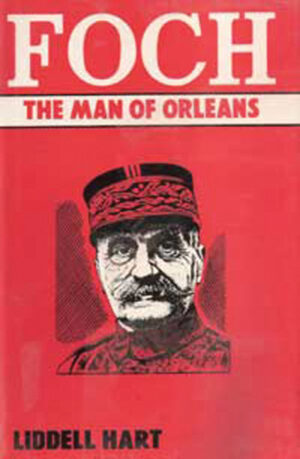
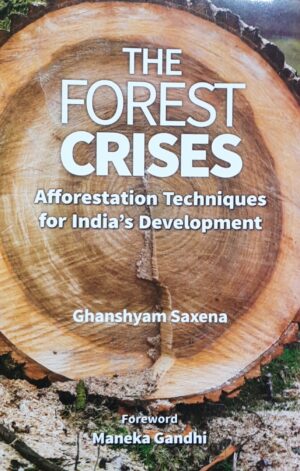

Our mission is to bring out well-researched and well-produced books for our discerning customers.
Natraj Publishers
2/11, Ansari Road,
Lower Ground Floor,
Darya Ganj,
New Delhi 110002 India
Phone: 011-47675759
Mobile: 9560958449
Email: natrajbooks@gmail.com
Monday-Saturday
9.30 am -6.30 pm
© Copyright 2024 – Natraj Publishers